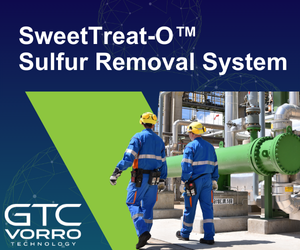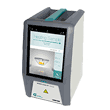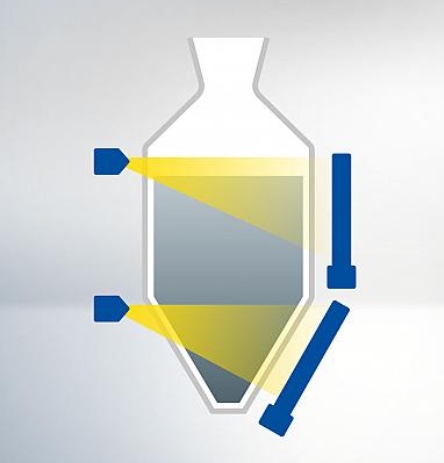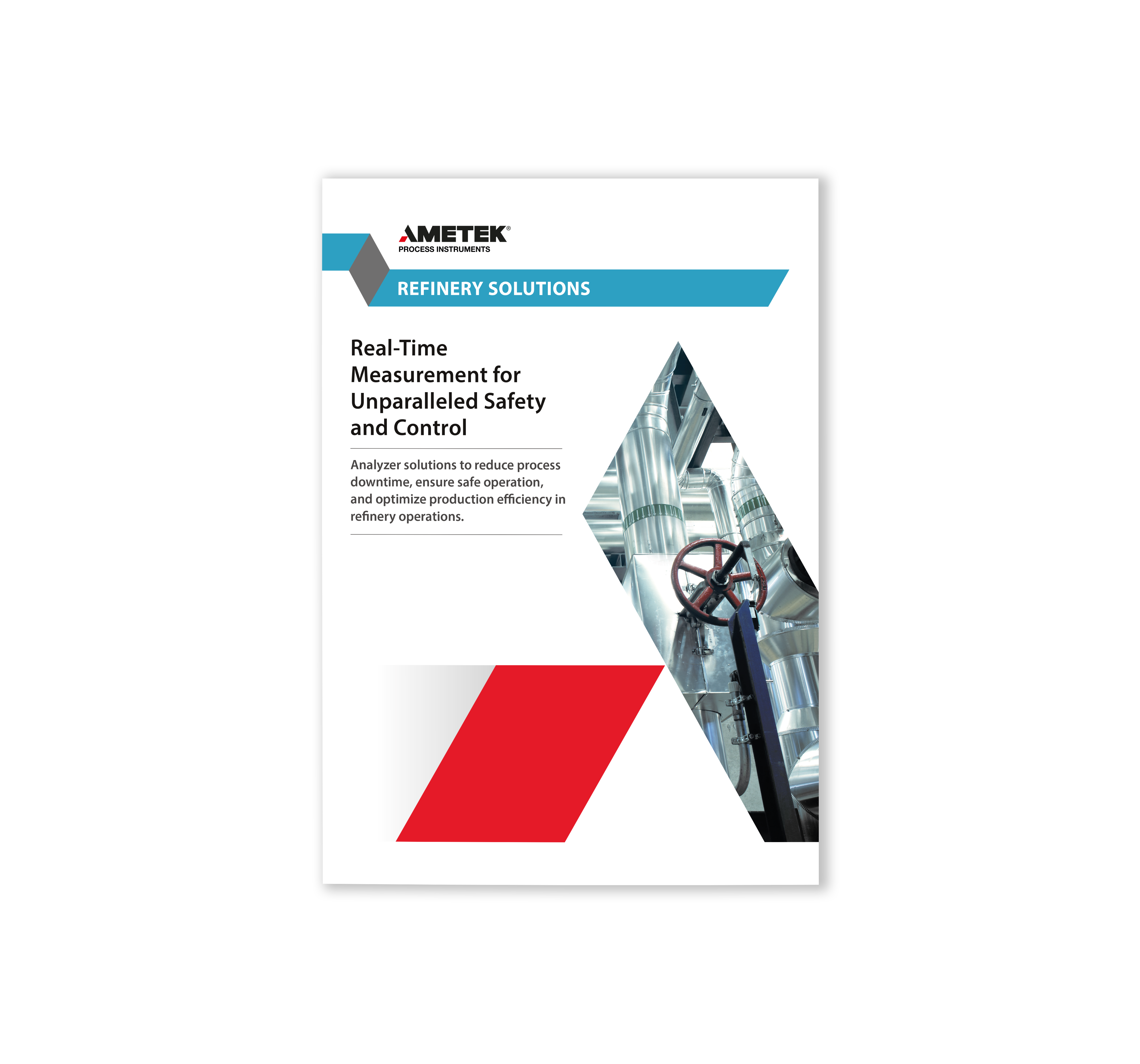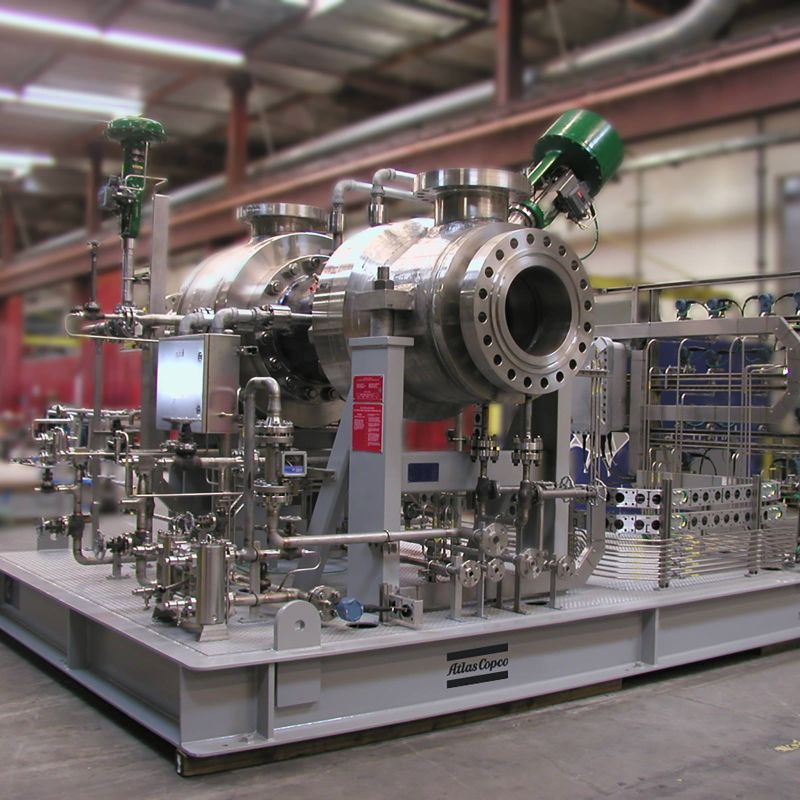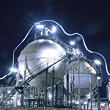Feb-2013
The ART of trapping silicon and arsenic
In an effort to lower costs and improve refining margins, refiners often look for opportunities to purchase lower cost crudes or other feedstocks
Charles Olsen
Advanced Refining Technologies
Viewed : 12047
Article Summary
While these opportunity feeds can help improve profitability, there can be some unpleasant consequences. Many of these new feeds contain unknown levels of catalyst poisons such as silicon (Si) and arsenic (As). ART has seen an increase in the number of units experiencing poisoning from these contaminants in recent years as significantly more of these opportunity feeds are processed.
Silicon
Silicon is probably the most widespread catalyst poison encountered in hydrotreater feeds. The main source of silicon is from delayed coker operations, which use an anti-foam agent based on polydimethylsiloxane to suppress foaming in the coker drums. The siloxane complex breaks down in the coking process to primarily cyclic methylsiloxane trimers. These species are volatile at coker temperatures, with boiling points ranging from 270-475°F (132-246°C). As a result, these compounds tend to concentrate in the overhead products and, as a general rule of thumb, 70-80% of the silicon at the coker ends up in the coker naphtha fraction. More recently, even refineries that do not have cokers are experiencing silicon poisoning of hydrotreating catalysts once thought unlikely since their feed source comes directly from the refiner’s crude unit. These refineries have begun processing synthetic or other opportunity crudes and the process of making synthetic crude often involves a coking step. In addition, it is becoming more common to use silicon additives in the drilling process, and for pipeline companies to use them for both flow enhancing performance and foaming issues. It has also been found that silicon additives are sometimes used in barge unloading.
In the hydrotreater, the silica fragments from the antifoam agent undergo a condensation reaction with the alumina surface of the catalyst, forming a strong chemical bond. Once the silicon is bound to the alumina surface, it cannot be removed by regeneration or other means. It is a more moderate poison compared to contaminants like sodium or arsenic, but it nonetheless results in activity loss of the order of 5-10°F (3-6°C) for each 1.0 wt% Si deposited on the hydrotreating catalyst. The impact is worse for other catalysts, which are used in processes downstream from the hydrotreater (ie, reformers, isom units). Figure 1 shows the results of pilot plant testing, which demonstrates the activity loss due to silicon contamination.
A variety of analytical techniques have been applied to silicon-poisoned catalysts, and this confirms that the silicon is associated with the alumina support as opposed to the active metal sulphides of the catalyst. Furthermore, the silicon is dispersed throughout the available alumina surface as opposed to poisoning only the exterior of the catalyst pellet. As a consequence, the available alumina surface area of a catalyst has a significant impact on silicon capacity of a catalyst. This is shown in Figure 2 for a number of different ART catalysts. It is a plot of the relative silicon contamination observed on spent catalyst following a careful regeneration as a function of the fresh catalyst surface area. The capacity for silicon increases by a factor of 3 or more as the surface area per unit volume increases from roughly 100 m2/cc to over 200 m2/cc.
Another important aspect of silicon poisoning is that silicon pick-up depends on unit operating temperature. Figure 3 shows the temperature dependence of silicon pick-up for ART’s GSK-6A, an active ring used in top bed grading, and AT724G, ART’s premier silicon guard catalyst. The data represent spent catalysts and baskets samples from a variety of applications, ranging from low-temperature guard reactors to higher temperature applications like ULSD units.
The data clearly show that the operating temperature of the application must be considered when discussing silicon pick-up capacity and when designing effective guard catalyst systems. The maximum capacity of the catalyst needs to be considered as well as the capacity at the operating temperatures of the specific unit in order to accurately predict the point at which silicon will break through into the next bed of catalyst or refinery unit.
Arsenic
Another poison that is becoming more common with the increasing use of some synthetic and opportunity crudes is arsenic. Arsenic is also a permanent poison, so once it is on the catalyst it cannot be removed. It is a much more severe poison than silicon, with roughly 60°F (33°C) of activity loss per 1.0 wt% arsenic on the catalyst. Figure 4 shows the results of pilot plant testing, which clearly demonstrates the detrimental effects of arsenic on catalyst activity.
Unlike silicon, it is believed that arsenic reacts with the metal sulphide sites on the catalyst and, in particular, has an affinity for the nickel on the catalyst forming nickel arsenide. This suggests that catalysts containing high levels of nickel will pick up higher levels of arsenic. Figure 5 demonstrates this nicely. It shows the relative amount of arsenic pick-up as a function of the nickel content on the fresh catalyst. These data represent a variety of ART NiMo catalysts that were retrieved from different hydrotreating applications, which explains some of the scatter, but the trend is clear. Catalysts containing higher levels of nickel can pick up six times or more arsenic compared to catalysts with lower nickel levels.
Just like silicon, arsenic poisoning is an activated process, thus the arsenic capacity of a catalyst is strongly temperature dependent. This is demonstrated in Figure 6, which shows the arsenic pick-up as a function of temperature for an ART NiMo catalyst. The arsenic pick-up increases by a factor of 14 as temperature increases from 270-650°F (132-343°C).
Silicon trapping
ART has long held a strong position in applications dealing with silicon contamination, and this was strengthened by technology advances like the StART (Silicon tolerance by ART) Catalyst System now with a decade of operating experience.1 Figure 7 shows the results of basket testing for AT724G and AT535, key components of a StART system, against some competitive catalyst offerings. AT535 alone has essentially the same Si capacity as the competitor catalysts, while AT724G has over 30% higher Si capacity; the data show the combination of AT724G and AT535 has the highest capacity and activity.
Arsenic trapping
The StART portfolio was further strengthened several years ago with the introduction of AT734G, which is a combined silicon and arsenic guard.2 The new catalyst is built on the AT724G platform and exploits the different poisoning mechanisms for silicon and arsenic. It has very high alumina surface area for high silicon capacity and a higher nickel content imparting high arsenic capacity. AT734G has over four times the arsenic capacity of AT724G with similar silicon capacity. Figure 8 shows an example of the arsenic pick-up capabilities observed in a basket test comparing AT724G, AT734G and AT535. The basket was installed in a cracked naphtha unit at a refinery processing synthetic crudes.
Sponsor:
Categories:
Add your rating:
Current Rating: 4




